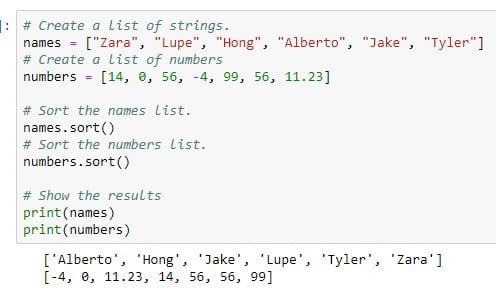

In general, adding something just to remove it at the end is not great.Ĭreating an iter, looking at the first value, then adding the rest, as it has been suggested in other answers, is much better. '' is valid, and returns '', because python is nice, but it is not a very good way of getting around that limit case. This makes little sense for l = if len(sep) > 1. You can view the complete list of timezones on Wikipedia. You can have a look at This question for some researches and benchmarks on performances. For running your Selenium and Appium tests on BrowserStack it, requires a username and an.

format is not super efficient, there are other methods. Here, why do you need the enumerate? You could write for el in l: out_str += ''.format(el, sep) We will call the remove method three times in the following example to remove the colour "green".Let's take that step by step: def join(l, sep): In particular frameinfo.lines is a list of Line objects. If 'x' is not in the list, a ValueError will be raised. Extract data from python stack frames and tracebacks for informative displays. This call will remove the first occurrence of 'x' from the list 's'. It is possible to remove a certain value from a list without knowing the position with the method "remove". We can also see that the version with the augmented assignment ("+="), the loop in the middle, is only slightly slower than the version using "append". empty (): returns boolean value whether the stack is empty or not. pop (): removes the recently added (topmost) element in the stack. push (a): pushes an element ‘a’ at the top of the stack. Stack’s insert operation is called push and delete operation is called pop. After that, the old list will have to be removed by Python, because it is not referenced anymore. Python’s built-in lists support push and pop operations of the stack. The new element will be added to the copy of the list and result will be reassigned to the variable l. Python keeps a pointer to this array and the arrays length is stored. The list will be copied in every loop pass. For implementation of a list, a contiguous array of references to other objects is used. Now we come to the first loop, in which we use l = l +. list.extend () adds iterable items (lists, tuples, strings) to the end of the list. list.append () always adds items (strings, numbers, lists) at the end of the list. The explanation is easy: If we use the append method, we will simply append a further element to the list in each loop pass. We can extend a list using any of the below methods: list.insert () inserts a single element anywhere in the list. We can see that the "+" operator is about 1268 times slower than the append method. A peek can be simulated by accessing the element with the index -1: The Python list class doesn't possess such a method, because it is not needed. Some programming languages provide another method, which can be used to view what is on the top of the stack without removing this element.

The object will be removed from the stack as well. This method returns the top element of the stack. Instead you can use a list to replicate some of the same functionality. Python doesn't offer - contrary to other programming languages - no method with the name "push", but the method "append" has the same functionality. Python does not have built-in support for arrays. Depending on the point of view, we say that we "push" the object on top or attach it to the right side. This method is used to put a new object on the stack. If a programming language supports a stack like data structure, it will also supply at least two operations: The used plates will be put back on the top of the stack after cleaning. This means that you can iterate through the values in the list. If you need a plate you will usually take the most upper one. While dealing with lists, a major characteristic most developers make use of is its iterability. The way of working can be imagined with a stack of plates.

A stack in computer science is a data structure, which has at least two operations: one which can be used to put or push data on the stack, and another one to take away the most upper element of the stack.
PYTHON LIST STACK HOW TO
You will learn how to append and insert objects to lists and you will also learn how to delete and remove elements by using 'remove' and 'pop'.Ī list can be seen as a stack. writer csv.writer(output) The writerow() method of the csv. This chapter of our tutorial deals with further aspects of lists. We then create a csv.writer object with this StringIO object.


 0 kommentar(er)
0 kommentar(er)
